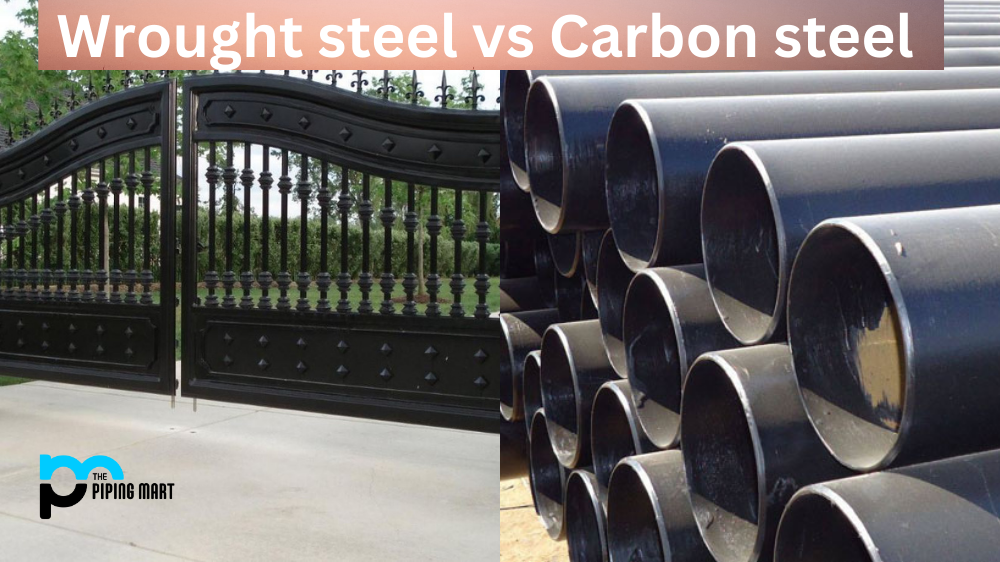Hastelloy is a brand name for a group of corrosion-resistant alloys. Both C-22 and C-276 are Hastelloy alloys, which can cause confusion, but C-22 has better overall corrosion resistance than C-276 and is often referred to as the upgrade from C-276.
What is Hastelloy C22?
Hastelloy C22, also known as alloy C22, is a multipurpose austenitic nickel-chromium-molybdenum-tungsten alloy with excellent resistance to pitting, crevice corrosion, and stress corrosion cracking. The high chromium content provides good oxidizing media resistance, while the molybdenum and tungsten content provides good reducing media resistance. This nickel steel alloy is also resistant to oxidizing aqueous media such as wet chlorine and mixtures of nitric acid or oxidizing acids containing chlorine ions. Other corrosives to which Hastelloy C-22 is resistant include oxidizing acid chlorides, wet chlorine, formic and acetic acids, ferric and cupric chlorides, seawater, brine, and many mixed or contaminated organic and inorganic chemical solutions.
What is Hastelloy C276?
Hastelloy C276 is a nickel-chromium-molybdenum wrought alloy that is widely regarded as the most versatile corrosion-resistant alloy available. This alloy is resistant to the formation of grain boundary precipitates in the weld heat-affected zone, making it suitable for most chemical process applications as welded. Alloy C-276 is also resistant to pitting, stress-corrosion cracking, and oxidizing atmospheres up to 1900°F. Alloy C-276 is exceptionally resistant to a wide range of chemical environments.
Hastelloy C22 Vs Hastelloy c276
Hastelloy c276 chemical composition
| Element | Content (%) |
| Chromium, Cr | 20-22.5 |
| Molybdenum, Mo | 12.5-14.5 |
| Tungsten, W | 2.5-3.5 |
| Cobalt, Co | 2.5 min |
| Iron, Fe | 2-6 |
| Manganese. Mn | 0.5 max |
| Vanadium, V | 0.35 min |
| Silicon, Si | 0.08 max |
| Phosphorus, P | 0.02 max |
| Sulfur, S | 0.02 max |
| Carbon, C | 0.015 max |
| Nickel, Ni | Remainder |
Hastelloy C276 Chemical Composition
| Element | Content (%) |
| Nickel, Ni | 57 |
| Molybdenum, Mo | 15-17 |
| Chromium, Cr | 14.5-16.5 |
| Iron, Fe | 4-7 |
| Tungsten, W | 3-4.50 |
| Cobalt, Co | 2.50 |
| Manganese, Mn | 1 |
| Vanadium, V | 0.35 |
| Silicon, Si | 0.080 |
| Phosphorous, P | 0.025 |
| Carbon, C | 0.010 |
| Sulfur, S | 0.010 |
Hastelloy C22 vs C276 properties
Hastelloy C22 and Hastelloy C276 are two variations of the same nickel-molybdenum alloy. Both are highly corrosion resistant across a wide range of applications, however robustness among the two varies greatly. Compared to C22, Hastelloy C276 is much more resistant to localized attack, allowing it to perform in chlorine-based environments with high temperatures and pressure. Additionally, with its increased iron content, C276 provides superior resistance to chloride pitting and crevice corrosion when compared to its counterpart. With such features in mind, it’s clear that for applications in harsh conditions — especially those related to chemical processing — Hastelloy C276 offers enhanced durability and strength that makes it an ideal choice for most needs.
Hastelloy c22 vs c276 machinability
Hastelloy C22 and C276 are two of the most machinable alloys available on the market today. Both have exceptional machinability but there are some distinctions between them. Hastelloy C22 offers better corrosion resistance than C276, is easy to cut and drill, and has a strong weldability. In comparison, C276 has higher levels of chromium which improves strength, yet can make it more complex to machine. Despite this, both alloys feature qualities that make them suitable for use in many machining applications and both can be used interchangeably in some cases.
Hastelloy c22 vs c276 price
When it comes to selecting the right alloy for a project, cost is always a factor. Hastelloy C22 and C276 are two popular alloys in the Hastelloy family, and both have their own unique strengths. While these two alloy materials may be similar in composition, there can be significant differences when it comes to pricing. Depending on an individual project’s requirements, one of these alloys may be a better choice than the other due to price or other considerations. Ultimately, careful research into each option’s technicalities and pricing will be necessary before deciding which alloy is best for your application.

Pipingmart is a B2B portal that specializes in metal, industrial and piping items. Additionally, we share the latest information and information about materials, products and various types of grades to assist businesses that are involved in this business.




